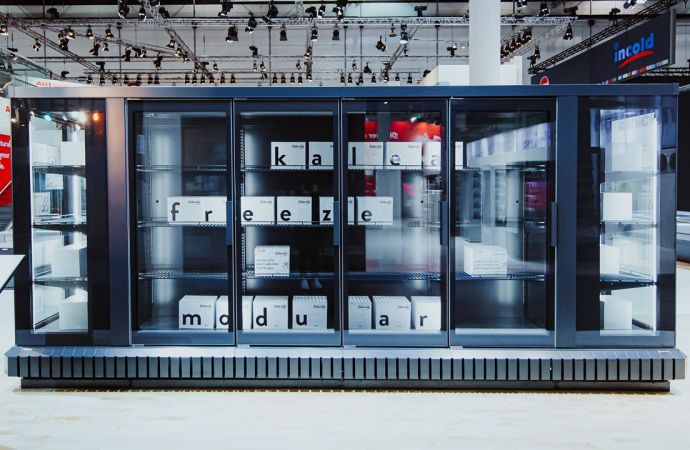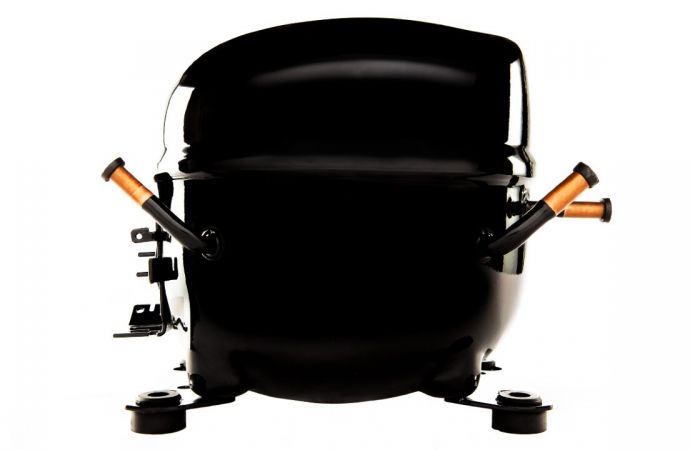2018 promises to be an exceptional year for Europe's cooling sector as the EU’s F-Gas Regulation makes itself felt in the HVAC&R market, according to a European Commission representative.

2018 promises to be an exceptional year for Europe’s cooling sector as the F-Gas Regulation's EU-wide quota system begins "to show its impact through a stronger price signal," Arno Kaschl – who works in DG CLIMA at the European Commission – told this website.
“The intention of the EU's F-Gas Regulation is to foster innovation using a market mechanism of increasing the scarcity of HFC supply. This approach was also favoured by many industry stakeholders wanting to avoid sectoral bans,” said Kaschl, whose principal objectives are implementing the HFC phase-down in the EU and supporting the international negotiations under the Montreal Protocol towards a global phase-down.
“It was never the intention that the accompanying prohibitions in the Regulation would be the principal driving force for change, as some stakeholders seemed to think until quite recently,” he added.
“Just a year ago, conditions in the sector appeared fairly relaxed. Gas prices were low, and relevant actors had prepared for any shortages and built up their supplies,” said Kaschl. “Things have now changed: the policy signal is there and it is time to respond.”
The policy signal is there and it is time to respond.”
– Arno Kaschl, European Commission
EU f-gas reduction pathway
The new EU F-Gas Regulation entered into force in 2015 and aims to reduce Europe’s HFC use by 79% by 2030.
To help deliver this target, it is progressively banning the use of certain HFCs in different types of new HVAC&R equipment. “A back-of-the-envelope calculation tells us that the average GWP of HFCs used in 2030 should therefore be no more than 400,” said Kaschl, adding: “This is of course excellent news for all alternatives that are well below this threshold.”
“The steepest step in the EU phase-down is between 2017 and 2018, when the overall allocated quota goes down from 93% of the original baseline to only 63%,” Kaschl said. “In addition, HFCs that are imported in pre-charged equipment have also been covered by the quota system since January 2017, reducing quota availability by another few percent.”
Kaschl is optimistic that the f-gas phase-down can act as an engine of growth in the European Union.
“We are first movers in Europe, but with the Kigali Amendment to the Montreal Protocol, we have now also created a level playing field in a globally-agreed, worldwide technology conversion which should create significant new business opportunities for European companies,” he said.
The NEXT Series takes an annual look at the key market, policy and technology drivers likely to influence natural refrigerant uptake.
Related stories



